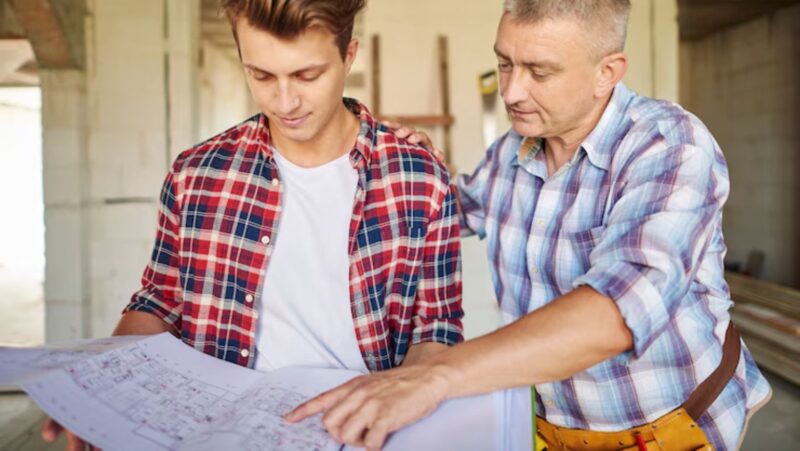
Choosing the right roofing material is crucial for the longevity and aesthetic appeal of your new home. In Texas, where the climate can be quite varied, it’s essential to select a roof that can withstand harsh weather conditions. This guide will help you navigate through the top roofing choices available for new home construction in Texas.
When it comes to building your dream abode, selecting the right roofing material is a decision that requires careful consideration. The state’s diverse weather means that homeowners must account for intense heat, heavy rains and occasional hailstorms. Understanding your options via this guide can make a significant difference in terms of durability, energy efficiency and overall maintenance costs.
Factors to Consider when Choosing a Roof
First and foremost, consider the climate in your specific region of Texas. The state is known for its hot summers and mild winters, but conditions can vary greatly from one area to another. For example, homes in coastal regions may need materials resistant to saltwater corrosion, while those in Tornado Alley should prioritize wind-resistant options.
Another important factor is energy efficiency. With temperatures often soaring above 100°F during the summer months, energy-efficient roofing can significantly reduce your cooling costs. Look for materials with high solar reflectance and thermal emittance ratings to keep your home cooler. You should also consider the long-term maintenance requirements and costs associated with each type of roofing material.

The architectural style of your home is another crucial factor to consider when selecting a roofing material. Different roof types complement various architectural styles and choosing the right combination can significantly enhance your home’s curb appeal. For instance, Spanish-style homes often feature clay tile roofs, while modern designs may benefit from sleek metal roofing. Additionally, local building codes and homeowners’ association guidelines may restrict certain roofing materials or colors, so it’s essential to check these regulations before making a final decision.
The Benefits of Asphalt Shingles
Asphalt shingles are one of the most popular roofing materials in Texas due to their affordability and versatility. They come in a wide range of colors and styles, allowing you to match your home’s aesthetic effortlessly. What’s more, they are relatively easy to install and repair, making them a cost-effective option for many homeowners.

The durability of asphalt shingles varies depending on their quality. High-quality shingles can last up to 30 years with proper maintenance. However, it’s important to note that they may not be the best choice for areas prone to severe weather conditions such as hailstorms or high winds. In such cases, impact-resistant shingles are available but at a higher cost.
Metal Roofing: The Durable Alternative
If you’re looking for a more robust option, metal roofing might be the right choice for you. Metal roofs are known for their longevity, often lasting 50 years or more with minimal maintenance. They are also highly resistant to extreme weather conditions including high winds and hailstorms.
One of the key advantages of metal roofing is its energy efficiency. Metal roofs reflect a significant portion of solar radiation, helping to keep your home cooler during the hot Texas summers. However, it’s worth noting that metal roofs can be noisy during rainstorms unless adequately insulated.
Clay and Concrete Tiles: Traditional yet Effective
For those seeking a more traditional look, clay and concrete tiles offer both aesthetic appeal and functionality. These materials are particularly popular in southwestern architectural styles and can withstand harsh weather conditions effectively.
Clay and concrete tiles are known for their durability and longevity, often lasting over 50 years. They are also fire-resistant and provide excellent thermal insulation properties. However, these tiles are heavier than other roofing materials and may require additional structural support.
Summing Up
When choosing which roofing material to use for your home, it is imperative to consider the functionality and durability to ensure long-standing protection for your property. You must consider the different climates which can affect the roof from intense heat to torrential downpours. By taking the time to assess the various choices, you can find a suitable solution for your roofing requirements.












